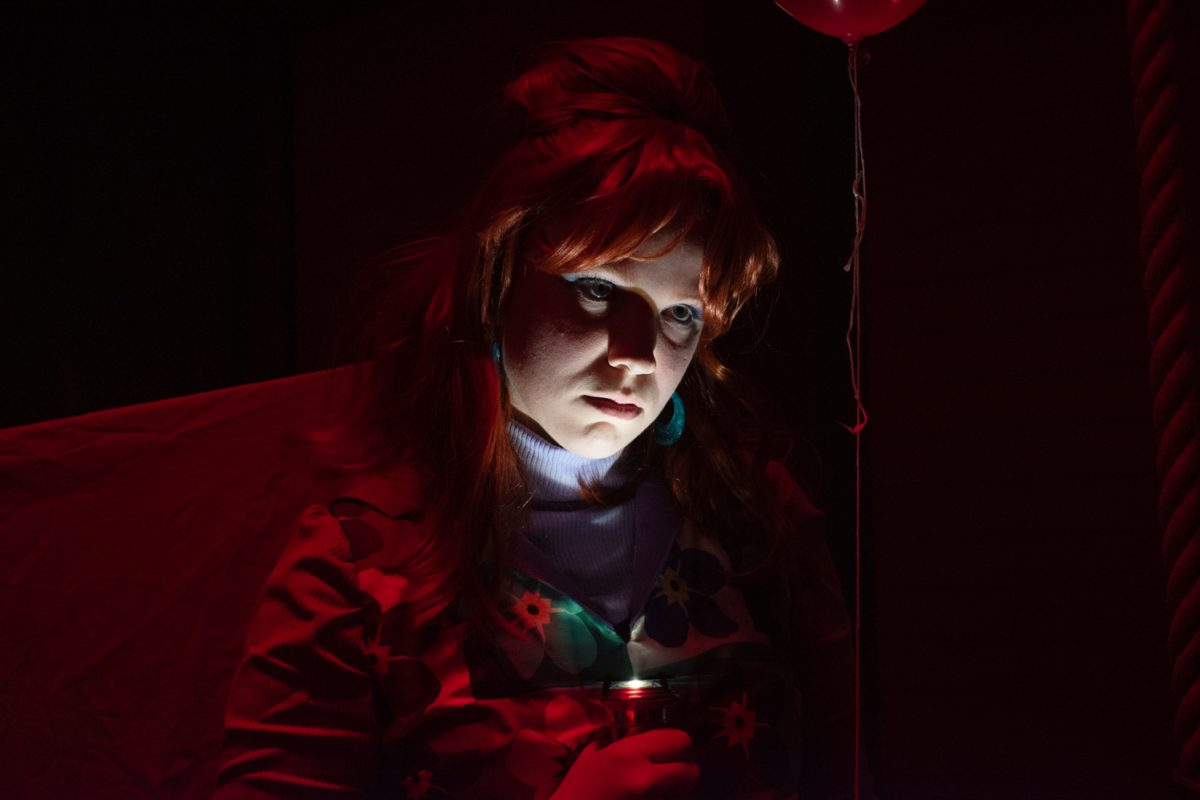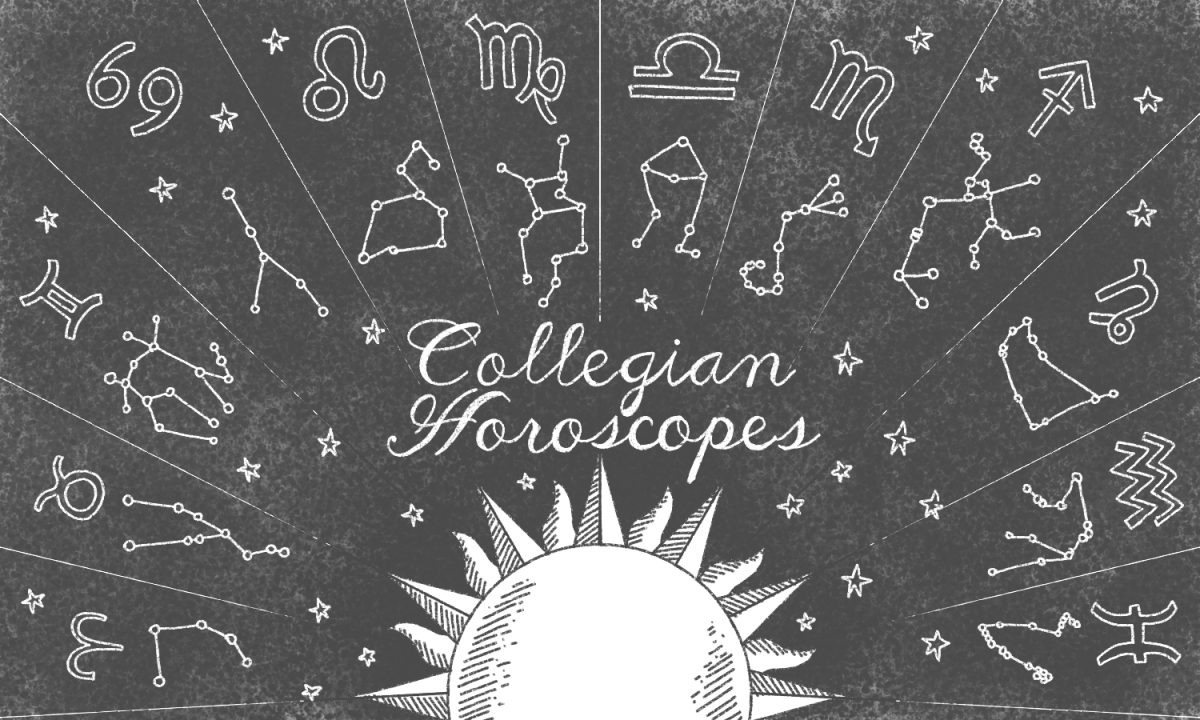“Whatever you do, don’t fall asleep.”
“What’s your favorite scary movie?”
“One…two…Freddy’s coming for you.”

If any of these classic horror movie lines sent chills down your spine, that is evidence that you have had the privilege of being exposed to the great mastermind of writer/director Wes Craven, who passed away last week from brain cancer at age 76. Craven was a pioneer of modern horror whose terrifyingly genius ideas shaped the way we view scary movies today. Without his influence, the horror movie industry as we know it would not be the same.
Craven’s career began in 1972 with his directorial debut of “The Last House on the Left.” This film follows two teenage girls on their way to a concert, when they are kidnapped and tortured by psychotic convicts. After being left for dead in the forest, one of the girls manages to find her way home. Upon her arrival, she discovers that her parents unknowingly offered shelter to her attackers for the night.
And I’m sure you can guess how the story ends once her parents find out who their guests really are. The bad guys should never have messed with daddy’s little girl.
The release of “The Last House on the Left” was met with extreme controversy. Craven gave America a movie full of violence and rape. This was not a horror film that hinted at what was going to happen and then cut to a different scene. The cameras never failed to film the entirety of the horrific things that were happening to the two girls.
But in the end, Craven was praised for his willingness to expose a real world problem in his film without glossing over the realities. In fact, it was “The Last House on the Left” that inspired a subgenre of scary movies that we know today as “revenge horror.”
Craven continued to terrify America with films like 1977’s “The Hills Have Eyes” and the 1982 comic-adaptation of “Swamp Thing.” But perhaps Craven’s most acclaimed piece of work and the film that most people associate his name with is the 1984 release of “A Nightmare on Elm Street.”
“A Nightmare on Elm Street” is a supernatural horror film about a character named Freddy Krueger who was convicted for murdering children with a glove that gave him knives for fingers. After being released from prison due to a technicality, Freddy Krueger finds a job at an elementary school. When the parents of the elementary students learn about Freddy Krueger’s past, they burn him alive. The movie follows Freddy Krueger’s revenge plot to kill the rest of the elementary students, who are now teenagers, through their dreams.
Craven truly showed his genius with the creation of “A Nightmare on Elm Street.” Freddy Kruger, who instantly became a scary movie icon, is extremely dark and ominous — he was a child serial killer. And while the plot may be unrealistic, the movie remains a cult phenomenon.
Viewers were able to enjoy the startling jumps and nail-biting plots associated with the thrill of watching a horror film without being completely terrified. It was scary, funny and America loved it. Craven, yet again, opened the door to a new wave of horror comedy films meant for those who wanted to be scared, but didn’t want to be forced to watch realistic events unfold in front of them.
Let’s flash-forward to 1996 when Craven set a new standard for teen horror with the release of “Scream.” This film is about a serial killer named Ghost Face who taunts his victims with scary movie trivia and then stabs them when they get an answer wrong. The audience quickly learns that all of the Ghost Face killings are ultimately an attempt to torture his true victim, Sydney Prescott, who as scary movie rules dictate, is able to survive because she is a virgin.
“Scream” is a fright flick that hilariously and originally pokes fun at the scary movie industry by centering the entire plot around the rules of horror. Don’t forget to look behind you. Never say, “Who’s there?” Always run out the front door, not up the stairs. And whatever you do, don’t have sex.
Craven’s creation completely changed the formula and dynamics of horror movies forever. “Scream” forced filmmakers to either take a new and unique approach to scary movies or fall victim to the classic cliché styles of writing that were now easily detectable.
Craven’s work is synonymous with genuine terror. He wasn’t just an iconic writer and director. He was a revolutionary mastermind whose ideas will live on forever through his lovable films. Craven will always be the “Guru of Gore.”
Collegian A&E reporter Randi Mattox can be reached at entertainment@collegian.com or on Twitter @randi_mattox.





